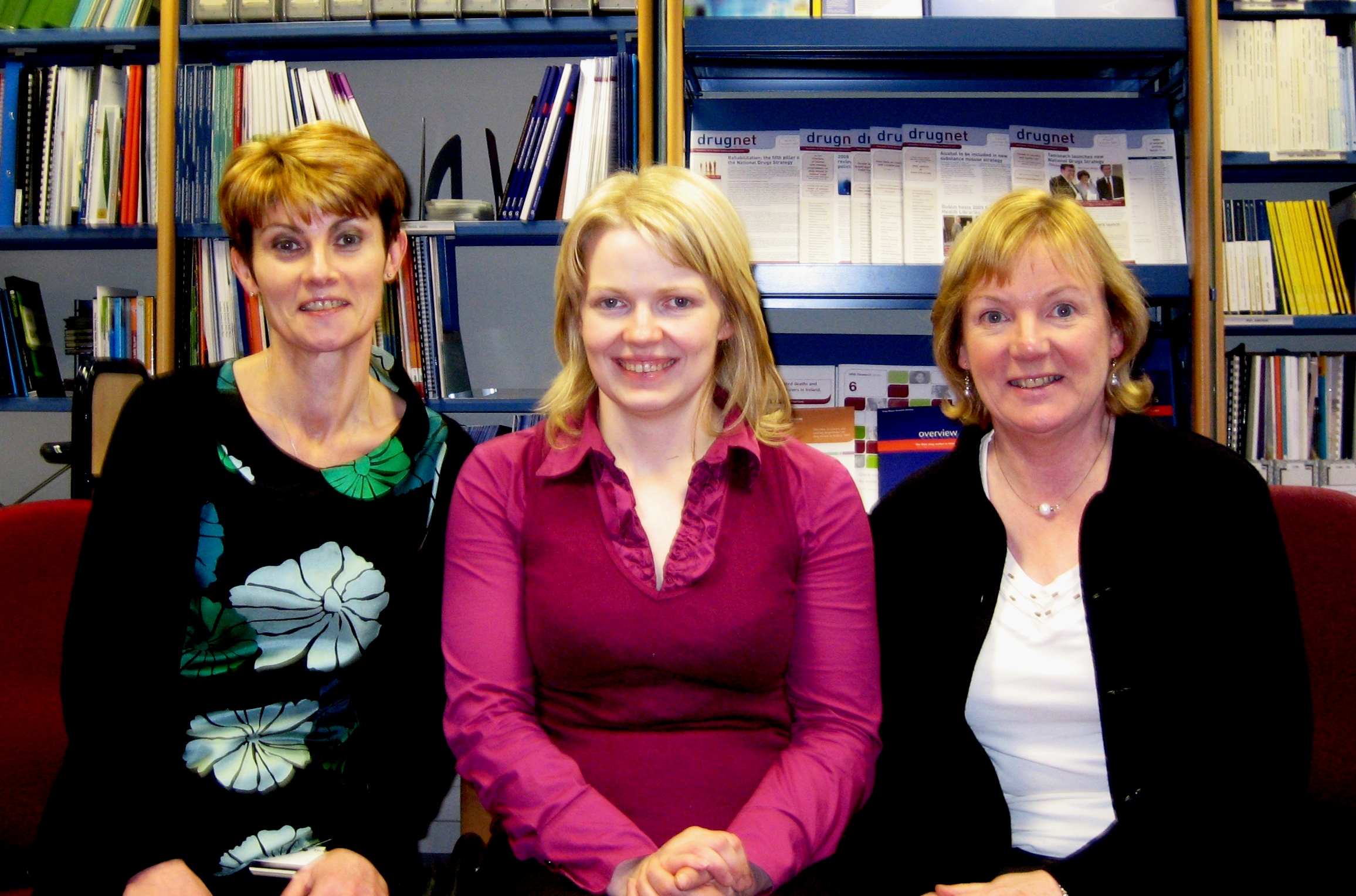Mongan, Deirdre
(2010)
Social consequences of harmful use of alcohol.
Drugnet Ireland,
Issue 32, Winter 2009,
pp. 1-2.
The Health Research Board launched the latest publication in its Overview series on 25 November 2009.1 The purpose of Overview 9 was to compile and analyse the available data on the social consequences of harmful use of alcohol in Ireland and the methods used involved a combination of archival data, survey results and research literature.
The negative social consequences of alcohol include spouse/family problems, public disturbances, violence, and reduced work performance, which impact on all facets of society. Harmful use of alcohol has a negative effect on family well-being, and can contribute to relationship and marriage problems and impact on children, who are especially vulnerable to the effects of parental drinking. The effects of alcohol can undermine the fabric of family life and in many cases leave a legacy of neglect, abuse, chaos and damaged children. The emotional cost borne by these families is huge.
Garda data were analysed for the years 2003–2007 to examine the contribution of alcohol to crime in Ireland. Between 2003 and 2007 the total number of drunkenness, public order and assault offences increased by 30%, from 50,948 to 66,406. The typical profile of a drunkenness, public order or assault offender was that of a young male aged under 24 years. Young people aged 18-24 were responsible for two-fifths of offences. Those aged under 18 years accounted for 17% of offenders and the total number of offences among minors increased from 6,531 in 2003 to 10,037 in 2007, an increase of 54%.
Approximately half of all offences occurred at the weekend. Just under half of adult offences occurred between midnight and 4.00 am, with a peak at 2.00 am, which coincides with weekend closing time in many licensed premises, when large volumes of people spill onto the streets, often in a state of intoxication. Drunkenness and public order offences among minors tended to occur earlier at night than those among the adult population. The number of offences was highest for the week during which St Patrick’s Day occurs, the last week in October and the two weeks around Christmas and New Year’s Day.
The number of drink-driving offences increased by 74% between 2003 and 2007, from 11,421 to 19,864. The largest increase (32%) was observed between 2005 and 2006, which can be explained by the introduction of legislation permitting random breath testing in 2006. Males accounted for 90% of drink driving offenders. The largest proportions of both male and female offenders were in the 18–24-year age group, followed by the 25–29-year age group. Over half (52%) of all drink-driving offences were recorded between midnight and 4.00 am, and 54% were recorded on a Saturday or Sunday.
Data from four national drinking surveys (2002–2006) were analysed to examine social harm in the general population. The likelihood of experiencing at least one of the four social harm indicators (fights, or harm to friendships, home life or work) in the previous year due to the drinker’s own alcohol use was one in five (21%), with men twice as likely to report social harms compared to women (men 28%, women 13%). The overall prevalence of experiencing at least one of the social harms was significantly higher among those who engaged in weekly risky single-occasion drinking (RSOD) (36%) in comparison with less frequent risky drinkers (16%) and with those who did not engage in risky drinking (5%). Younger participants were more likely to report that they experienced fights and work problems, while harm to home life was more common among those aged 35 years and over.
Harm to others besides the drinker in the previous year was examined, using five indicators: family problems, having been a passenger with drunk driver, been hit or assaulted, had financial trouble or had property vandalised as a result of someone else’s drinking. The overall prevalence of experiencing at least one of these negative consequences from someone else’s drinking was over one in four (28%).
While men experienced more social harms from their own drinking than did women, both men and women experienced similar levels of harm from someone else’s drinking. More women than men reported the experience of family and money problems. Family problems were experienced equally by those who drank and those who did not drink. Men were more likely to experience the negative consequences of being a passenger with a drunk driver and of being assaulted. The risk of experiencing either of these harms increased as the frequency of risky drinking by the victim increased. The younger age groups, of both men and women, were more likely to report experiencing assaults and being a passenger with a drunk driver.
The harmful use of alcohol is a serious public health problem in Ireland, and is a major factor in social problems such as violence, family disharmony and child abuse and neglect. Alcohol-related harm is not restricted to the individual drinker, but has negative consequences for families, innocent bystanders and the wider community. The findings of this Overview illustrate the urgent need for the introduction of a co-ordinated national alcohol strategy.
1. Mongan D, Hope A and Nelson M (2009)
Social consequences of harmful use of alcohol in Ireland. HRB Overview Series 9. Dublin: Health Research Board.
https://www.drugsandalcohol.ie/12653/
